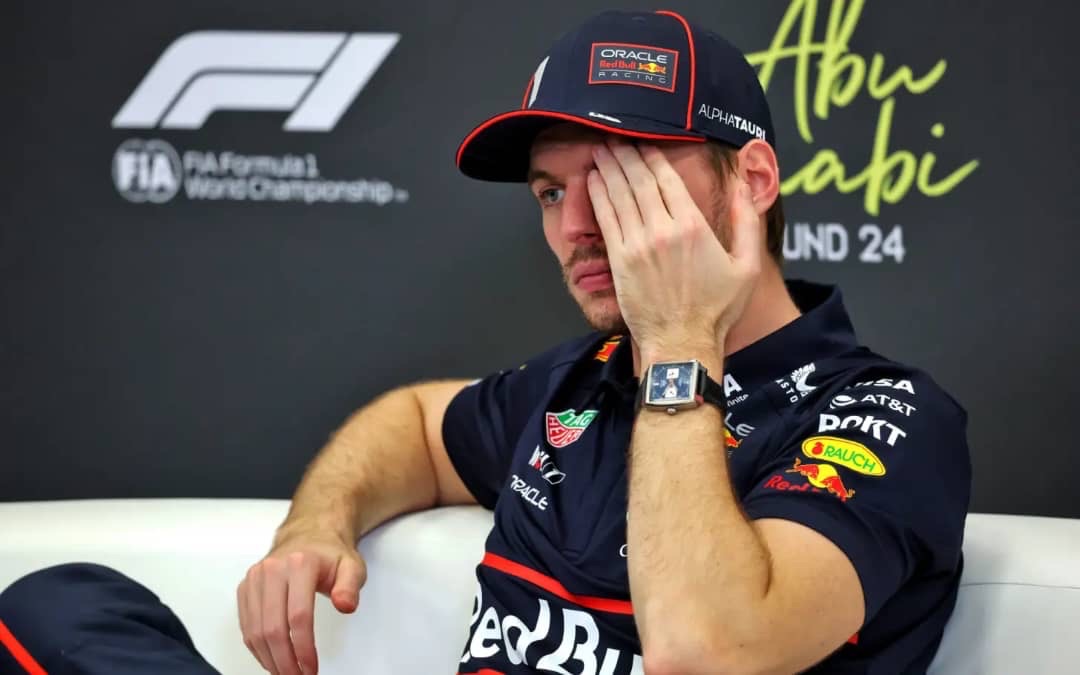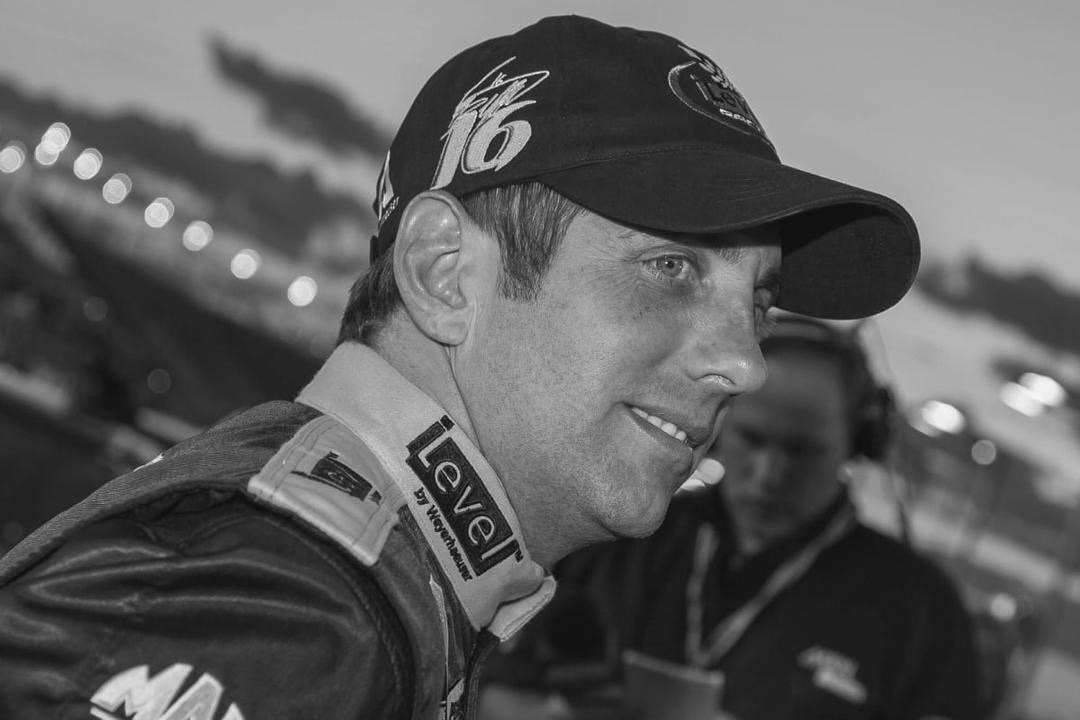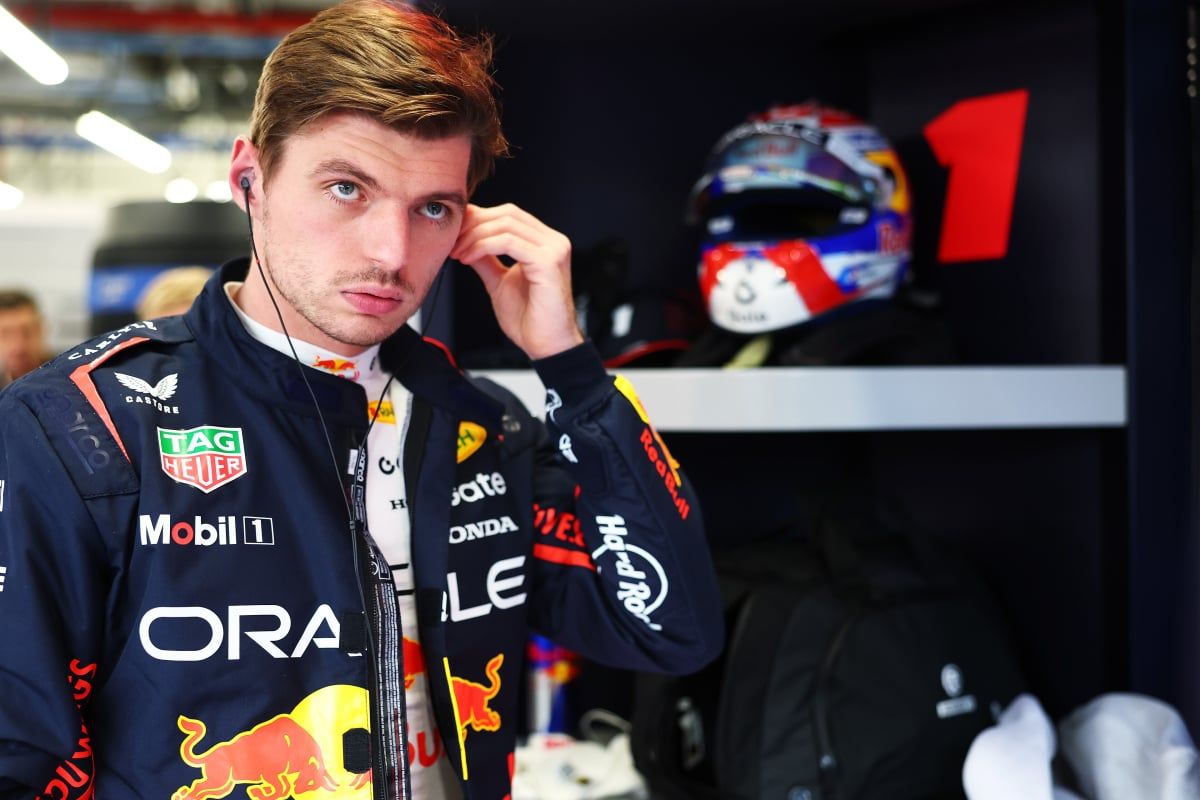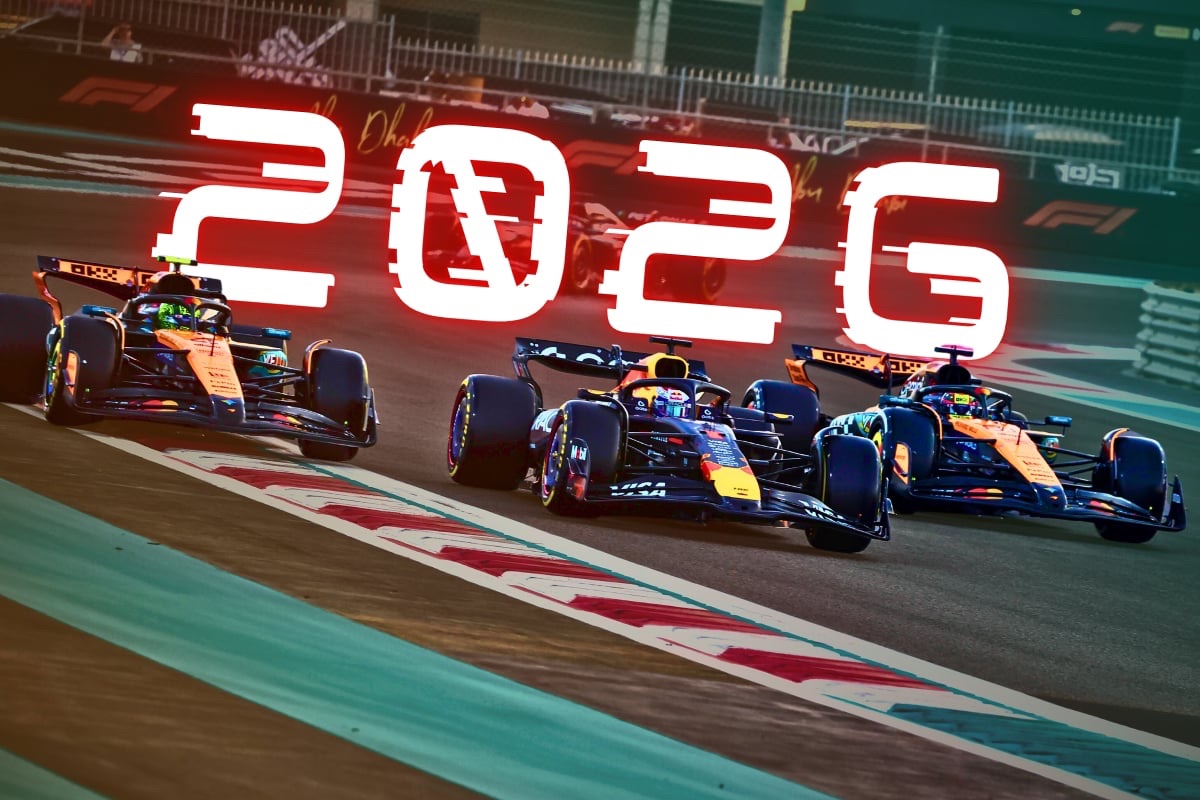Bahrain Grand Prix Results Overturned After Nico Hülkenberg Disqualified for Skid Block Violation Similar to Hamilton’s Earlier Breach
In a dramatic turn of events following the Bahrain Grand Prix, Nico Hülkenberg has been officially disqualified from the final classification due to a technical infringement involving excessive wear to the plank, or skid block, beneath his car. The incident mirrors a similar breach that cost Lewis Hamilton a top-ten finish at the Chinese Grand Prix earlier this season, highlighting the FIA’s continued strict enforcement of technical compliance.
The veteran German driver, competing for the newly branded Kick Sauber team, initially crossed the finish line in 13th position at the Sakhir International Circuit after delivering a steady and composed performance throughout the weekend. Hülkenberg notably outpaced and outperformed his teammate Gabriel Bortoleto, a rookie who is still finding his footing in the elite motorsport series. Despite not scoring points, Hülkenberg had reason to be pleased with his race, having managed tyre degradation well and avoiding major incidents in a race that saw its fair share of on-track drama.
However, the satisfaction was short-lived. Following the standard post-race inspections carried out by the FIA in Parc Fermé—where cars are held for checks to ensure compliance with the sport’s strict technical regulations—it was discovered that Hülkenberg’s car had breached Article 3.5.9 of the Technical Regulations. Specifically, the wooden plank affixed to the underside of the car, which helps to limit how close the car can run to the ground and ensures fair aerodynamic performance, was found to be worn below the minimum allowed thickness of 9mm.
This component, also known as the skid block, is monitored closely as it serves a critical role in safety and performance parity across the grid. Excessive wear typically indicates that a car has been running with a ride height that may offer a competitive advantage, even if unintentionally, by allowing better downforce and grip levels. The FIA concluded that the wear on Hülkenberg’s skid block exceeded permissible levels, and thus, disqualification was the necessary outcome.
This is not the first time this season a prominent driver has fallen foul of this specific regulation. Earlier in the year at the Shanghai International Circuit during the Chinese Grand Prix, Lewis Hamilton, one of the most decorated drivers in the sport, was similarly disqualified for a skid block violation. Hamilton, who had initially secured a points-paying finish, saw his efforts go unrewarded after the FIA found that the plank on his Mercedes was also excessively worn. The stewards’ decision then, as now, was met with disappointment but accepted as part of the governing body’s commitment to enforcing fairness.
For Hülkenberg and the Kick Sauber team, the disqualification is a frustrating setback. The team, in the early stages of adapting to its new identity and structure, had been looking to build consistency and reliability before aiming for stronger results. Losing a clean race finish, especially one in which the driver significantly outshone his teammate, may be disheartening, but it also serves as a reminder of the fine margins that define Formula 1.
Despite not finishing in the points, Hülkenberg’s efforts on track demonstrated his enduring skill and experience in the sport. His ability to extract consistent performance and fend off competitors throughout the Grand Prix weekend highlighted his valuable role within the team. Unfortunately, due to the post-race findings, all of that work is erased from the official standings.
The Bahrain Grand Prix itself offered plenty of action and talking points, including strong performances from McLaren’s Oscar Piastri, who claimed victory, and George Russell, who managed a podium finish for Mercedes despite battling technical issues. Hülkenberg’s disqualification, however, has added another layer of post-race intrigue and once again brought technical regulations into the spotlight.
The FIA’s rigorous checks and the consequences of non-compliance—even when no clear performance gain is evident—underscore the importance of teams balancing performance with precision in setup. As the season progresses, this incident is likely to serve as a case study in the paddock on the significance of ride height, skid block wear, and ensuring every component of the car is within the allowed parameters.
With more races on the calendar and the championship still wide open, both Hülkenberg and Kick Sauber will aim to regroup, learn from this technical setback, and return stronger in the next round.



